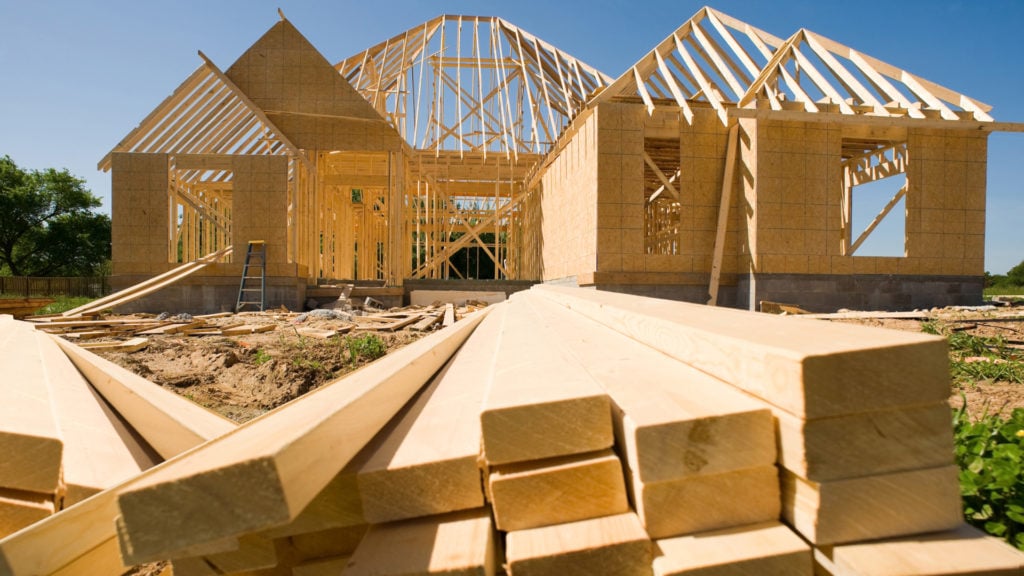
Types of Construction Loans
A variety of constructions loans are available to homebuyers. It all depends on your specific situation. If you want to shop around and potentially use more than one lender, then getting two separate loans (one for the construction and then a second to pay off the construction loan and put the debt into monthly payments) may be the best choice. If you prefer to work with one bank and one lender, a construction-to-permanent loan may be the best finance solution. The important part is that you talk with a trusted banking professional before making any decisions.
Construction Only Loan
In this scenario, the borrower actually gets two loans. The first loan finances the construction of the home and the second loan refinances the construction into a long-term mortgage. This type of loan allows the homeowner to work with different lenders for the construction and permanent financing if they would like. The upside of doing this this loan is that you may have more flexibility if there are cost overruns and you can typically draw out money more often. A potential downside is that you typically cannot lock-in your interest rate or obtain full underwriting approval on your permanent loan until 90 days or less before home is complete.
Construction-to-Permanent Loan
With a construction-to-permanent, or “one time close,” loan you finance the construction of your home and the permanent financing with a single loan. In this type of a transaction the lender releases the money to the builder, contractor or other authorized suppliers as the phases of the construction are complete. The upside of this type of loan is that you know the details of your permanent financing up front. The downside is that these loans may be more limited in the number of times you can draw money to pay builders and contracts. It can also be more difficult to change your loan amount due to cost overruns.
Renovation Loan
If you see the home of your dreams, but it is a fixer-upper, a home renovation loan may be the right solution. A home renovation loan is based on the value of your home after the renovation is complete. This means you are borrowing against the future equity of your home and not just its current value. This may be a good option if the renovations are likely to increase the value of your home and/or reduce the long-term costs of the home.
Home Equity Line of Credit (HELOC)
A HELOC is a line of credit secured by your home based on the current equity of your home. A HELOC may have lower closing costs than a traditional construction loan. Another upside is that most banks only charge interest on what you draw, or use, from the HELOC and not from the total amount approved. A potential downside is that rates for a HELOC are often variable and can increase throughout the life of the loan.
Lenders at RCB Bank are happy to help answer questions even if you are not a customer. Give us a call or visit our online Mortgage Center.
Opinions expressed above are the personal opinions of RCB Bank personnel and meant for generic illustration purposes only. For specific questions regarding your personal lending needs, please call RCB Bank at 855-BANK-RCB. With approved credit. Some restrictions apply. RCB Bank is an Equal Housing Lender and member FDIC. RCB Bank NMLS #798151.


